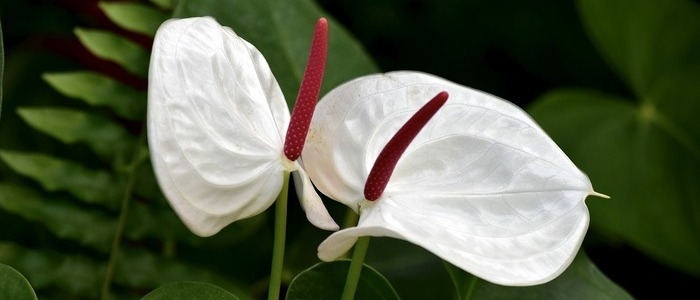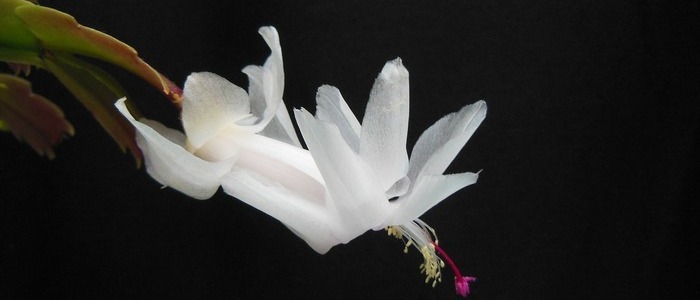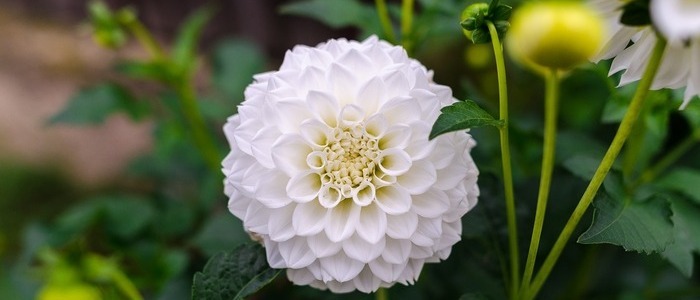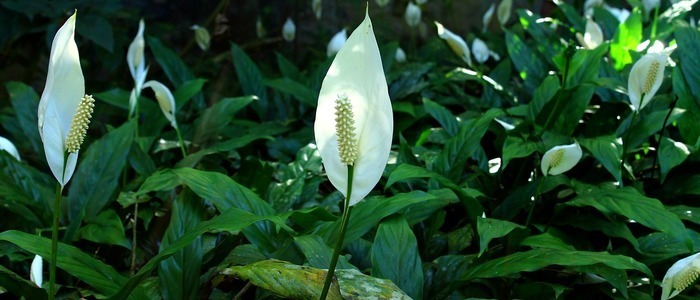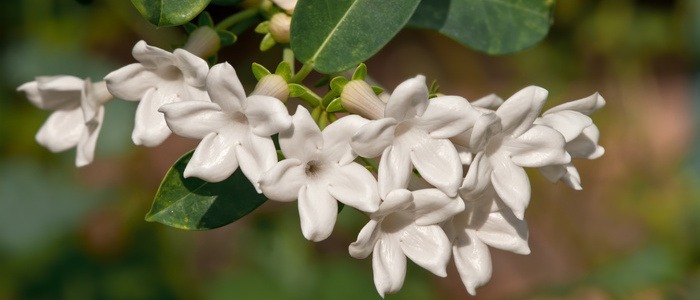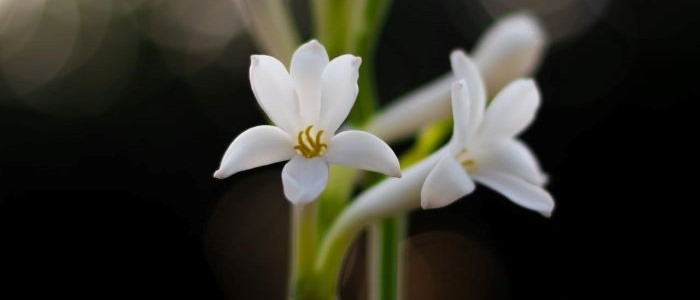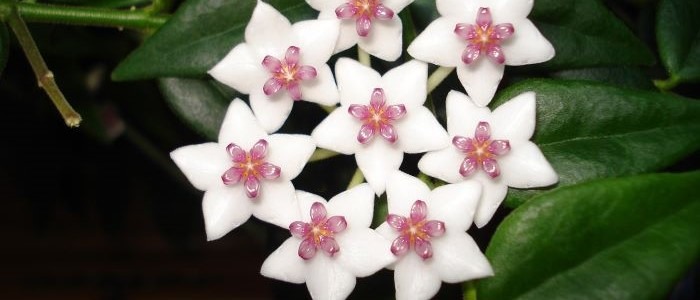Night-blooming cereus, a type of cactus with exotic flowers that bloom only at night, is an attractive and eye-catching plant. Not only is it a beautiful addition to any home or garden, but it’s also relatively easy to care for – as long as you know the right techniques. In this article, we’ll provide you with all the necessary information to get started on growing and caring for your own night-blooming cereus.
From light and temperature requirements to soil and potting needs, watering and feeding instructions to pruning tips and more, we have all the information you need to successfully grow your own night-blooming cereus. With our guidance, you can be sure that your plant will remain happy and healthy for years to come!
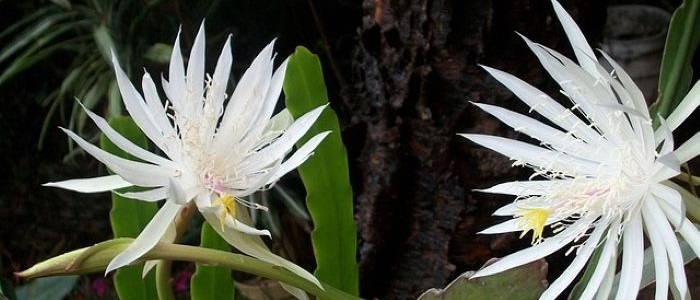
Night-Blooming Cereus Frequently Asked Questions
What are some of the other names for the Night-Blooming Cereus?
The Night-Blooming Cereus is also known as the Queen of the Night, the Princess of the Night, and the Lady of the Night. This intriguing plant is known for its mesmerizing fragrance and its stunning white flowers that only bloom at night, making. it a favorite among nocturnal gardeners. While it may be challenging to find and cultivate, the Night-Blooming Cereus is worth the effort for those who appreciate its rare beauty.
Does the Night-Blooming Cereus only bloom at night?
Despite its name, the Night-Blooming Cereus does not exclusively bloom at night. While it is true that its flowers often open after sunset and close by morning, there are instances where the flowers may remain open during the day, especially if the plant is kept in a shady or indoor environment. The timing of its blooming can vary depending on various factors such as temperature, light conditions, and the age of the plant.
Night-Blooming Cereus Light and Temperature Requirements
The Night-Blooming Cereus (Epiphyllum oxypetalum) is an exotic cactus with beautiful flowers that bloom only at night. For those who want to bring the beauty of this plant into their home or garden, it’s important to understand its light and temperature requirements.
When it comes to light, the Night-Blooming Cereus needs plenty of bright light but not direct sun. This means you should place your plant near a south-facing window in order to get the most sunlight possible without risking damage due to too much exposure. If you live in an area where winters are cold, you can provide supplemental lighting during these months in order to keep your plant healthy and happy.
Temperature is another important factor for caring for this type of cactus. This plant likes temperatures in the range of 65-85°F (18-30°C), so make sure your home or outdoor space offers a comfortable climate for your Night-Blooming Cereus year round. It is also sensitive to cold and should not be exposed to temperatures lower than 50°F (10°C). A good rule of thumb is to provide protection from extreme temperatures whenever possible, such as placing your plant indoors during winter months if necessary.
Humidity levels are also essential for a thriving Night-Blooming Cereus; aim for high humidity levels around 60% or higher when possible. You can increase humidity levels by misting regularly or using a humidifier as needed, particularly during hot summer months when air conditioners can reduce humidity levels indoors.
Finally, it’s important to remember that when growing indoors, a south facing window is best for the Night-Blooming Cereus – this will ensure optimal growth while providing protection from extreme temperatures and too much sunlight exposure outdoors. With these tips in mind, readers can be sure that their Night-Blooming Cereus gets just the right amount of light and warmth for optimal growth and development!
Soil and Potting Needs for Night-Blooming Cereus
Growing the Night-Blooming Cereus (Epiphyllum oxypetalum) requires the right soil and potting mix to support its growth. The ideal potting mix should be well-draining, as too much water can cause root rot. A cactus or succulent blend of soil is a good choice for this plant, as it allows for drainage but still retains moisture. The pH level of the soil should be between 6 and 8.
When it comes to pot size, use one slightly larger than the root ball of the plant. This provides room for future growth and allows for optimal drainage. Make sure there are drainage holes in your container to prevent waterlogging and protect against root rot.
It is also important to fertilize your Night-Blooming Cereus during the growing season (spring and summer). Use a balanced fertilizer like 10-10-10 or 20-20-20 once every two weeks at half strength to ensure that your plant gets all the nutrients it needs for healthy growth. Make sure you use a liquid fertilizer specifically designed for cacti and succulents so that you don’t burn or damage your plant’s roots with too many minerals.
By following these simple steps, you can ensure that your Night-Blooming Cereus will thrive in its new environment! With proper care and attention, this unique plant will reward you with exotic blooms year after year!
Night-Blooming Cereus Watering and Feeding Instructions
When caring for your Night-Blooming Cereus, proper watering and feeding are essential. The plant should be watered when the top inch of soil is dry, using lukewarm water. During the growing season, it should also be fertilized every 2-4 weeks with a balanced fertilizer. Make sure to allow the water to drain out of the pot after each watering session and never over-water your plant – this could cause root rot.
In spring and summer, feed your Night-Blooming Cereus with a liquid fertilizer that is specially designed for cacti and succulents. During winter months, it is recommended to reduce this amount as the plant will need less nutrients during this time. To ensure healthy growth and maximum blooms, make sure to always use fertilizers in moderation as too much can damage the roots of your plant.
When caring for your Night-Blooming Cereus, keep in mind that any sudden changes in temperature or light can affect its growth rate. Always monitor these conditions carefully and adjust accordingly if necessary. Additionally, since the Night-Blooming Cereus grows quickly during its flowering period, make sure to regularly prune any overgrown stems or branches with clean scissors or shears so that they do not become too heavy for other branches to support them.
Finally, you may want to consider propagating parts of your plant through cuttings or division in order to create new plants from existing ones and diversify their genetics over time. By following these simple instructions on how to properly water and feed your Night-Blooming Cereus (Epiphyllum oxypetalum), you can look forward to enjoying exotic blooms year round!
Night-Blooming Cereus Pruning and Propagating Tips
Caring for Night-Blooming Cereus involves more than just watering and giving it sunlight – pruning and propagation are also essential components. Pruning should be done annually after the flowering period has concluded, with sharp gardening shears being used to cut above a leaf node.
This encourages the growth of new shoots from the area that was trimmed. Propagation is also important in order to preserve healthier genetics over time. There are two primary methods for propagating this plant; stem cuttings or air layering.
When using stem cuttings, search for healthy stems free from disease or damage, remove any existing blooms, and place them in indirect light with well-draining soil until roots have taken hold (which typically takes up to 8 weeks). Air layering requires burying the stem in moist potting soil and covering it with plastic wrap until roots form.
By following these simple tips on pruning and propagation, readers can ensure their Night-Blooming Cereus will continue to bloom all year round! Regular care helps keep this exotic species alive through generations while providing rewards of its magnificent beauty at every turn! So don’t delay – start caring for your Night-Blooming Cereus today!
Common Mistakes to Avoid with Night-Blooming Cereus
.Taking care of a Night-Blooming Cereus (Epiphyllum oxypetalum) requires patience and knowledge, as even the slightest misstep can lead to poor growth and health. To prevent this from happening, it is important to be aware of some of the common mistakes that can be made when caring for this plant.
One mistake is providing inadequate light. This plant needs bright but indirect sunlight in order to thrive, so if possible it should be placed near a south-facing window or outside in a shaded area during the summer months. Without enough light, its blooms will not open properly and the plant may become weak or leggy due to lack of energy.
Another important thing to avoid is overwatering or failing to allow the soil to dry out between watering sessions. This plant prefers well-draining soil with good aeration, and too much water can cause root rot which will lead to stunted growth and wilting leaves. It’s best to keep an eye on the top inch of soil; when it becomes dry, it’s time to water again.
Fertilizing regularly is also essential for healthy growth and successful blooming. A balanced fertilizer should be applied every two weeks during spring and summer months, but this should be reduced during winter months when growth slows down naturally.
Pruning should also be done annually with sharp gardening shears in order to remove dead or damaged branches as well as promote new growth from strong existing branches. Failure to do so can lead to an overgrown night-blooming cereus which will not produce flowers optimally due its competition for resources within itself.
Finally, repotting your night-blooming cereus every two years is key for keeping it healthy and happy as it grows larger over time; this process involves transferring the plant into a larger pot with fresh soil and aerating its roots before replanting it into its new home. Neglecting this necessary task can cause root rot or restrict access for nutrients needed for optimal growth due to overcrowded roots in smaller pots that don’t give them enough room for expansion..
By avoiding these common mistakes when caring for their Night-Blooming Cereus (Epiphyllum oxypetalum), readers can look forward to enjoying its exotic blooms year round while feeling confident about their ability as gardeners!
Conclusion
The Final Thoughts section of this article provides readers with some final tips on how to successfully grow and care for the Night-Blooming Cereus (Epiphyllum oxypetalum). It is important to remember that these plants require plenty of light and warmth in order to thrive, so make sure your environment meets these requirements. If you are not able to provide enough natural light, consider investing in a grow light. Additionally, take it slow when making any changes to the plant; sudden changes can easily shock the plant and cause it to die.
Adding a few potted Night-Blooming Cereus to your garden can be a great way to add an exotic look and feel. Not only are they beautiful, but they also have an interesting story behind them – they are known as ‘Queen Of The Night’ because their blooms only last one night and then disappear until the next season! This makes adding these plants even more special as you can appreciate their beauty while it lasts.
Finally, don’t forget to enjoy the beauty of your blooms! Take time out of your day or night just to admire them, or even better – share them with others! By doing this you will be able to spread awareness about these stunning plants and help ensure they will continue being enjoyed for generations to come. With all these tips in mind, readers can be sure that their Night-Blooming Cereus will thrive and bring them joy for years ahead.
Other White House Plants
